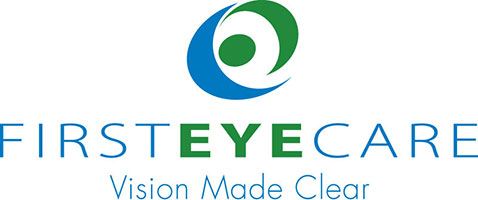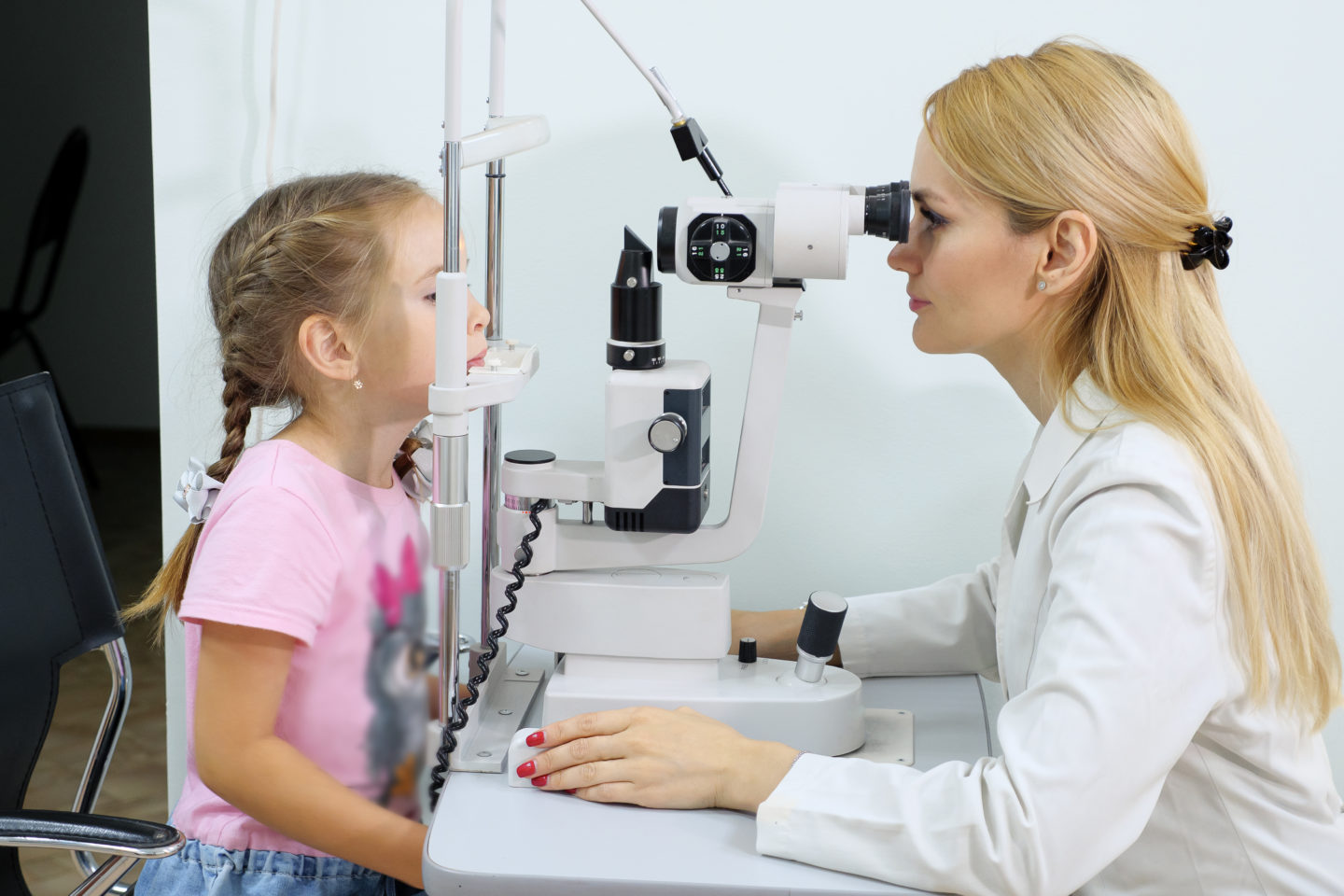All Children Need Their Vision Checked
Vision is one of the most important senses we have. Without it, reading and writing would be virtually impossible, and it would not be safe for us to drive. Life becomes incredibly hard if there is something wrong with our vision.
Often, these vision issues start at a young age. Many children are born with them. For children, their vision plays a key role in their education and development. After all, 80% of classroom learning is visual. That means if a child has a vision problem, they won’t be able to learn and develop properly.
One in four school-aged children has vision issues. Unfortunately, nearly a third of all children have not received a comprehensive eye exam within the last two years. That means that many of these vision issues go undiagnosed and, in turn, go untreated. That is why it is so important to have your child get a pediatric eye exam early.
An eye doctor will be able to recognize vision issues during these exams. Once diagnosed, they will find the best solution to treat this condition, whether with glasses, contact lenses, or some other vision treatment.
For many children, these eye exams can seem daunting. After all, it’s probably their first experience with an eye doctor. To help ease your child’s anxiety (and possibly your own), it helps to know what happens during a pediatric eye exam.
If you are a parent and your child has not had an eye exam yet, contact First Eye Care DFW to schedule an appointment.
Recognizing Vision Issues
Vision issues often begin at a young age. As they grow and develop, these issues become more and more of a problem. However, young children often struggle to explain their issues. Many don’t even recognize them. After all, they have little experience with clear vision to know the difference.
That is why parents should always be on the lookout for signs of vision issues. Pay close attention to how they read, how they watch TV, and how they look at objects both close up and far away.
Some signs to keep an eye out for include:
- Constant squinting
- Sitting too close to a TV
- Holding a book close to their face
- Light sensitivity
- Frequent headaches
- Tilting their head whenever they look at something
- Closing or covering their eye to look at something
- Using their finger to read
- Misaligned or crossed eyes
- Struggling to read the board in class
- Poor hand-eye coordination
These are just a handful of signs you need to look out for to protect your child’s vision.
Common Vision Issues
- Amblyopia: lazy eye; one eye does not have the same visual acuity as the other
- Strabismus: misaligned eyes; cross-eyed
- Refractive errors:
- Myopia (nearsightedness)
- Hyperopia (farsightedness)
- Astigmatism
What to Expect During a Pediatric Eye Exam
The American Optometric Association recommends that children should have their first eye exam at about six months old, even if no problems are apparent. After this initial exam, they should regularly have eye exams every year, starting at three years old. These exams test for vision issues so that the eye doctor can treat them.
Your children need their vision to learn and develop, both cognitively and socially. Most children don’t realize they can’t see at their full potential, which is why these exams are so vital. They can detect vision issues early to prevent a child from falling behind.
These exams might make children feel anxious or scared. If they understood what to expect beforehand, some of these fears might go away.
During a pediatric eye exam, an eye doctor will ask about your child’s health, what they do, how they are learning, and much more. If the child is old enough, they might ask them directly.
Exams for Infants
Vision skills develop as a child grows older. While an infant is young, vision issues may still emerge early. During a pediatric eye exam for infants, an eye doctor will:
- Test pupil responses to light
- Make sure the eyes are aligned properly
- Test how the eyes move with a fixate-and-follow test
- Test their preferential looking, using cards to attract their gaze to see what their vision can do
- Check for refractive errors
Exams for School-Aged Children
Once a child hits the ages of 3-5, they should have a regular eye exam once a year. These exams are more thorough than the ones for infants. They test for:
- Near vision
- Distance vision
- Binocularity skills
- Visual acuity
- Eye movement skills
- How well they focus
- Peripheral vision and awareness
- Eye/hand coordination
Some of the eye tests doctors use during these exams are more thorough and complex than what is used for infants. Many of them are similar to adult eye exams. These tests include:
- LEA Symbols Test: This test utilizes special symbols (such as an apple, horse, circle, square, etc.) instead of letters for children who cannot read yet.
- Visual Acuity Test: For children that can read, a doctor will use a standard eye test that uses letters instead of symbols. During both of these tests, doctors check visual acuity and depth perception.
- Retinoscopy: A doctor will shine a light into a child’s eye to see how it reflects off the retina. This test can help discover a refractive error.
- Random Dot Stereopsis: A doctor will use a pattern of dots and 3D glasses to see how well each eye works together and separately.
- Pupil Test: A doctor shines a bright light in each eye to see if the pupil reacts correctly.
- Eye Movement Test: With either a pen, finger, or toy, a doctor will move in different directions to test how a child’s eyes follow it. This test also checks peripheral vision.
Eye doctors encourage parents to remain in the exam room with their children to ease their anxiety. Additionally, older children may also receive eye drops to dilate their pupils, allowing eye doctors to examine the retina, optic nerve, and blood vessels better.
Contact FEC DFW
Your child needs their vision to succeed in school and life. Far too many children struggle with vision issues without even knowing it. That is why pediatric eye exams are so important. They help detect these issues so that an eye doctor can find a way to correct their vision effectively.
If your child has not had a pediatric eye exam recently, give First Eye Care DFW a call today to schedule their next appointment.



